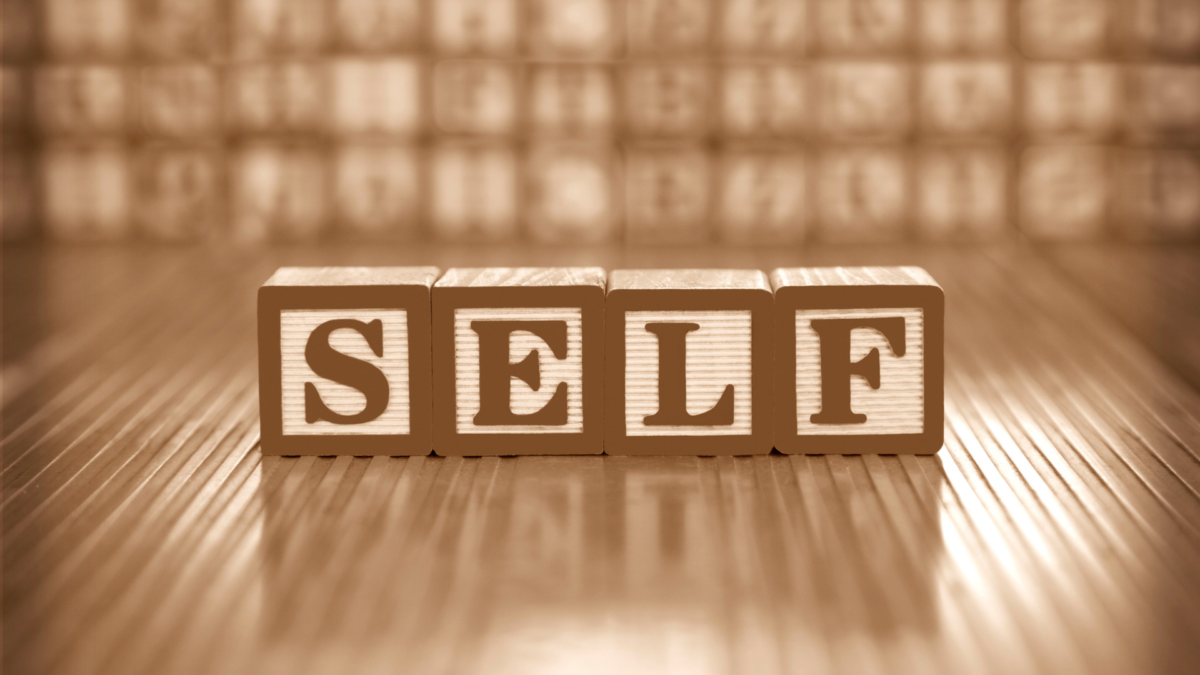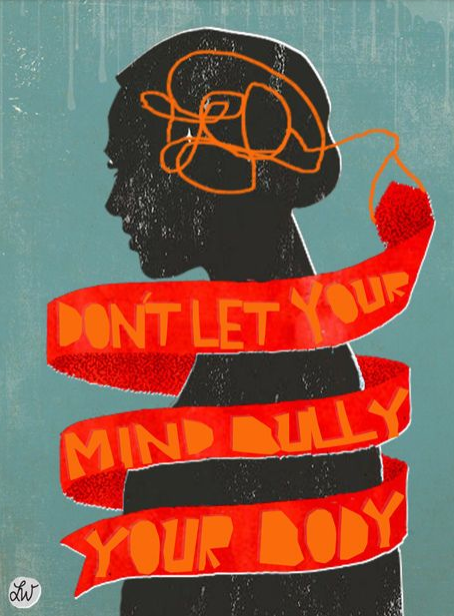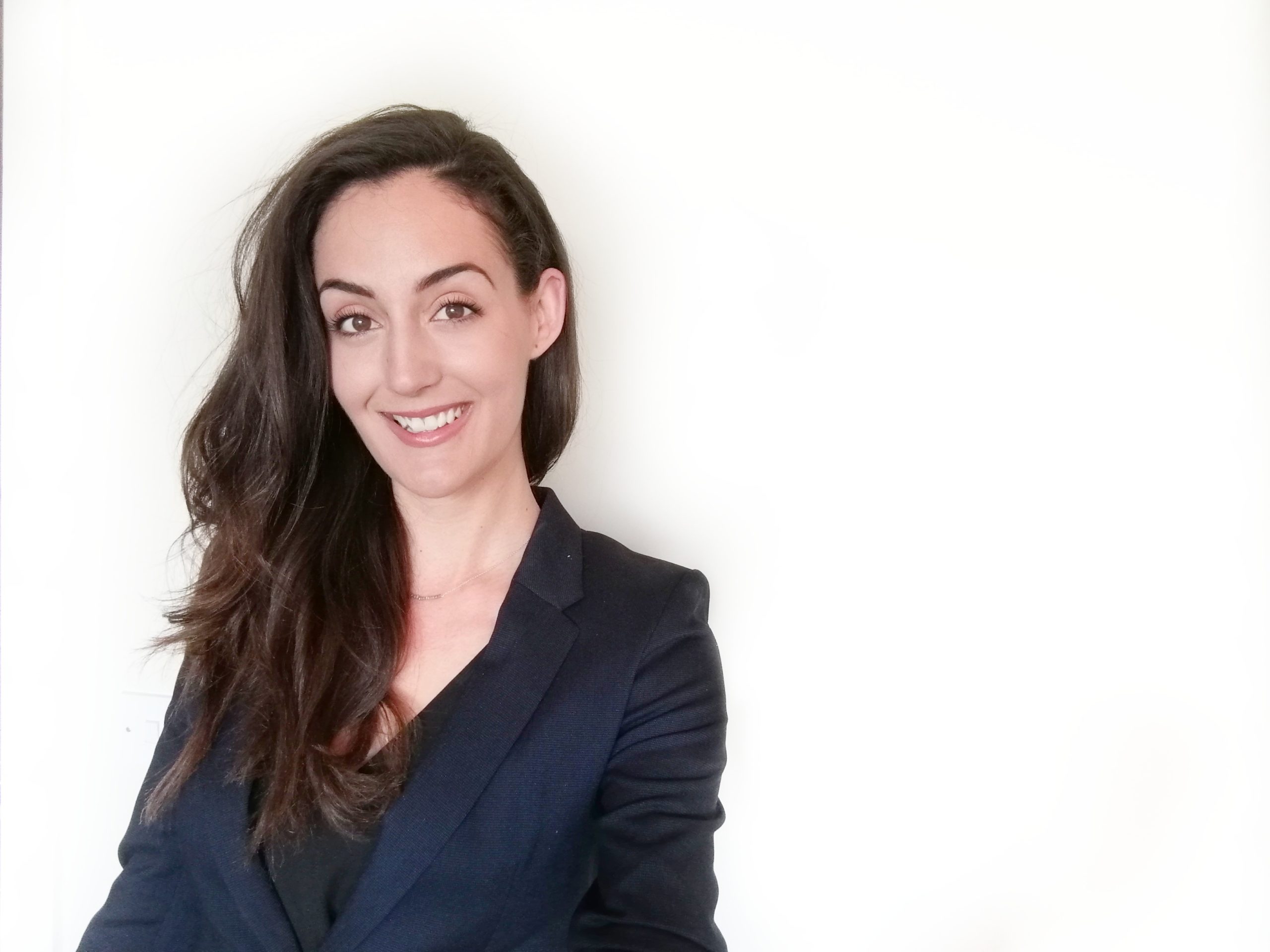Does it feel like you’re always running out of time?
Time is the great equalizer. Do you ever consider the reality of the fact that we all have the same amount of time in our day, yet if you observe two people given the same workload to work through, person A will succeed and person B will struggle? This is attributable to time management – a skill that is crucial in goal attainment. Much like any skill, it can be learned and honed.
How a growth mindset can improve our time management
A growth mindset, as conceptualized by Stanford Psychologist Carol Dweck, is the belief that a person’s capacities and talents can be improved over time. How a growth mindset informs our time management is relatively simple – if you believe that your time management skills can be improved, you will work towards making this belief a reality by taking the necessary steps to improve.
On the other side of the coin are those with fixed mindsets. They believe they have a fixed amount of talent and their capacities have very definitive ceilings. This makes it more difficult for them to improve on new skills – if they think they have a certain amount of talent or intelligence then why try to improve? This is a very limiting outlook and is detrimental to your journey of self-improvement. This comparison highlights the importance of a growth mindset in becoming better at managing your time.
Putting it into practice
Continued, incremental improvements are what we are looking to achieve with a growth mindset. Taking note of these small improvements will serve the purpose of keeping you on track whilst building self-confidence.
When it comes to managing your time efficiently, we must acknowledge the difference between fixed qualities and growth qualities. When we think we don’t have enough hours in the day, that becomes a self-fulfilling prophecy, and in turn we resign ourselves to this belief. The more we tell ourselves something the more we believe it to be true, thus convincing ourselves that there is no point even trying. This is a fixed quality, which in turn leaves no space for growth. Conversely, thinking that you do have enough time in your day to complete your workload will act as a springboard towards improving time management. Believing that our time management is a skill allows us to work toward improving it. Whether we think we can or cannot, either way, we are right!
Get clear on what is holding you back
What can we do to improve our time management? The first step towards positive change is getting really clear on what is holding you back – for example, you might be prone to procrastination or distraction. After naming what it is we would like to improve upon, we must consider the specifics – where are we when procrastination strikes? Who are we with? What are we doing? When is it at its worst?
Once we lay everything out on the table it becomes a lot simpler to understand where we need to go from there to eradicate the behaviour. Self-awareness is key, and once we realise we are exhibiting an unhelpful behaviour, we can stop it in its tracks.
The next step is to figure out our limiting beliefs – what is the story you tell yourself that has stopped you from attempting to achieve your goals? In the context of time management perhaps your inner voice has told you that you’re just a disorganised person, and there is no point in trying to change. Replacing this limiting belief with ‘I am a person who is not yet skilled at organisation’ is far more helpful. This shifts the fixed belief to one of growth. It is important to challenge these limiting beliefs – they serve no purpose and are often far removed from the truth! Once we challenge these narratives we can then begin to believe in our ability to achieve positive behaviour change.
Why do you want to improve your Time Management?
Next we must focus on our ‘why’ – the reasons you have for seeking to change the behaviour. There are many proponents of ‘motivation’, but we tend to veer away from this concept. Motivation is a fleeting feeling. One minute it’s there and the next it’s gone.
At Adaptas, we are firm believers in the power of habit. Once a habit becomes ingrained you will complete this action seamlessly with or without the presence of motivation. As such, when seeking to improve time management, habits to keep yourself organized, focused and not as prone to distraction must be put in place. Motivation is overrated, the gold standard of behaviour change is commitment to action.
Another helpful tool to safeguard against stress and overwhelm when under time pressure is to think of the Person A vs. Person B analogy. Person A is the person who is within us all who knows that they have enough time if they use it correctly, who views problems as challenges that can be overcome. They are curious, trusting, bold and takes measured risks. Person B on the other hand craves safety and comfortability, is insecure, avoidant and risk-averse. Therefore, when we are under pressure, it is conducive to think ‘what would person A do in this situation?’. And then do exactly that, the thing Person A would do. You’ll soon realise you are far more resilient than you give yourself credit for.
Are you human?
Knowing that our time management is not an inherent human flaw, but rather something that can be improved upon is the key towards improving it.
















